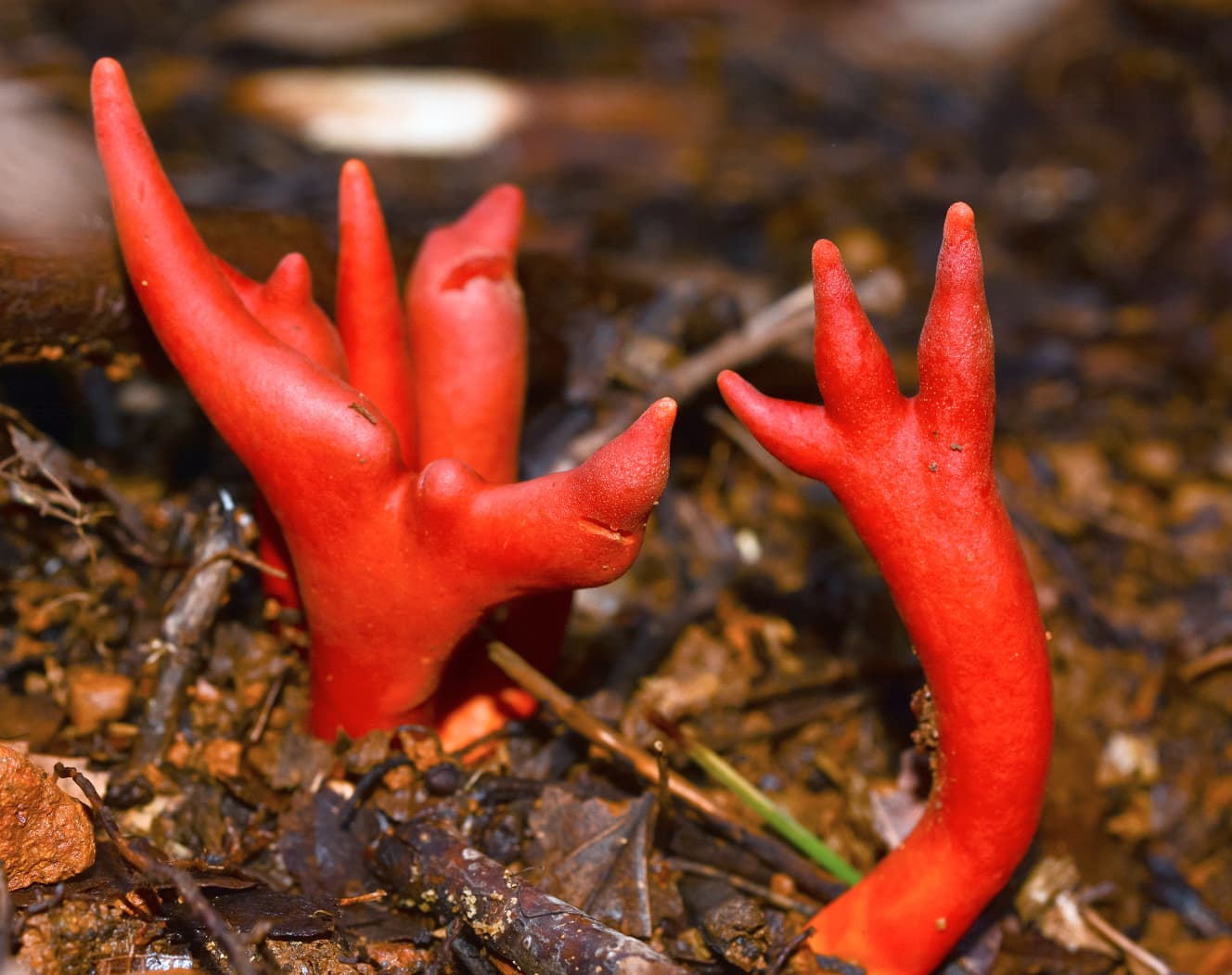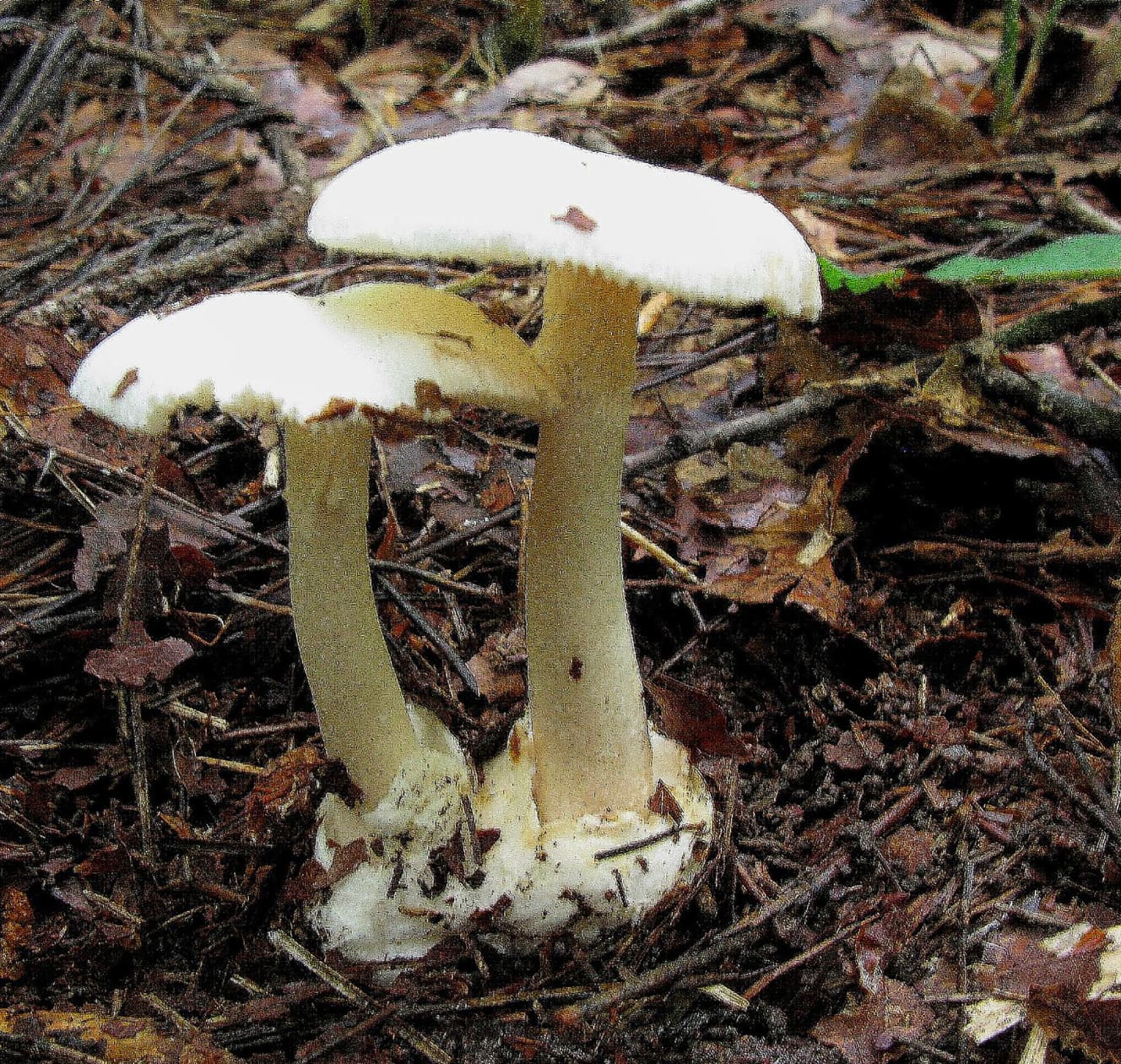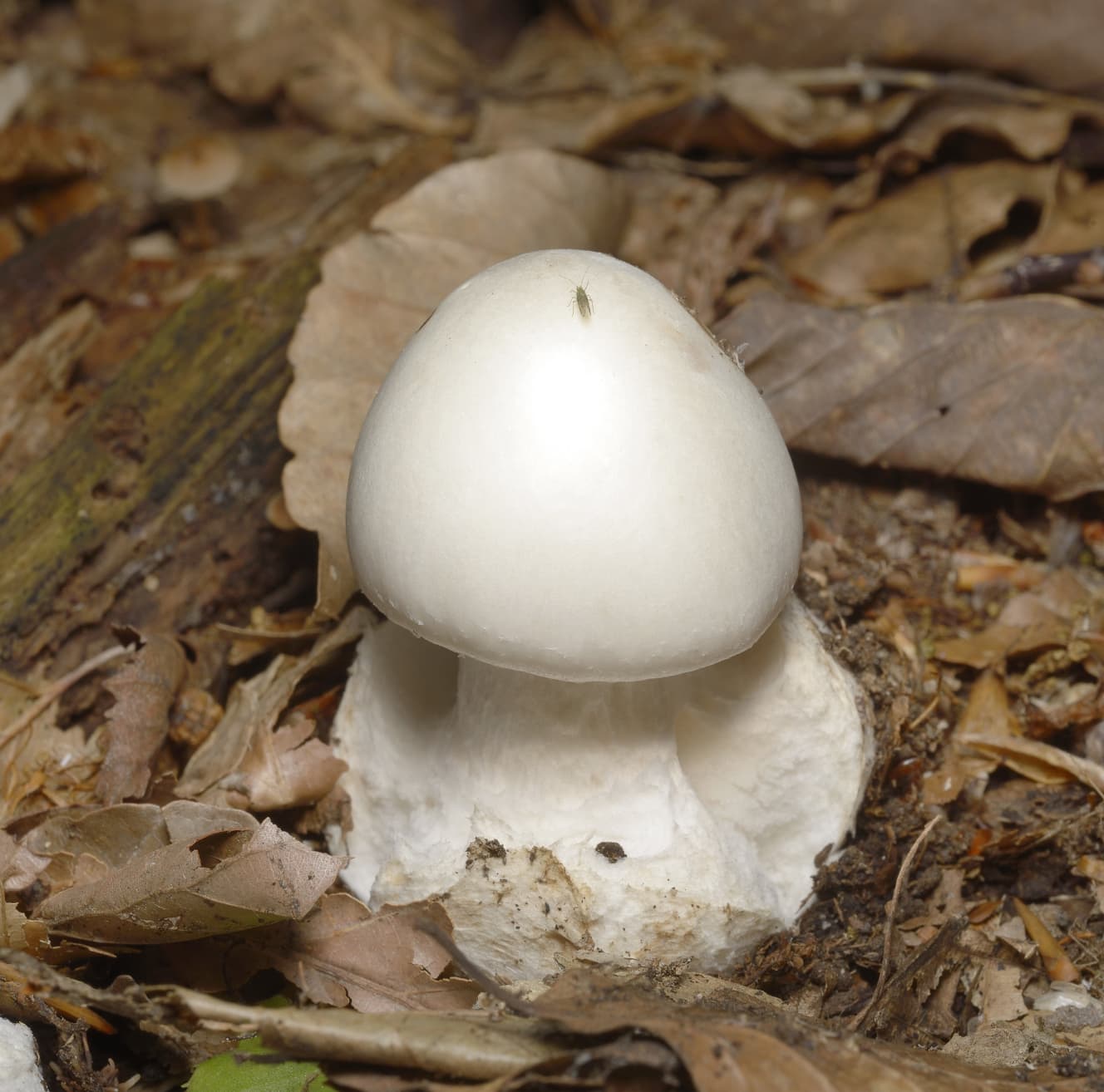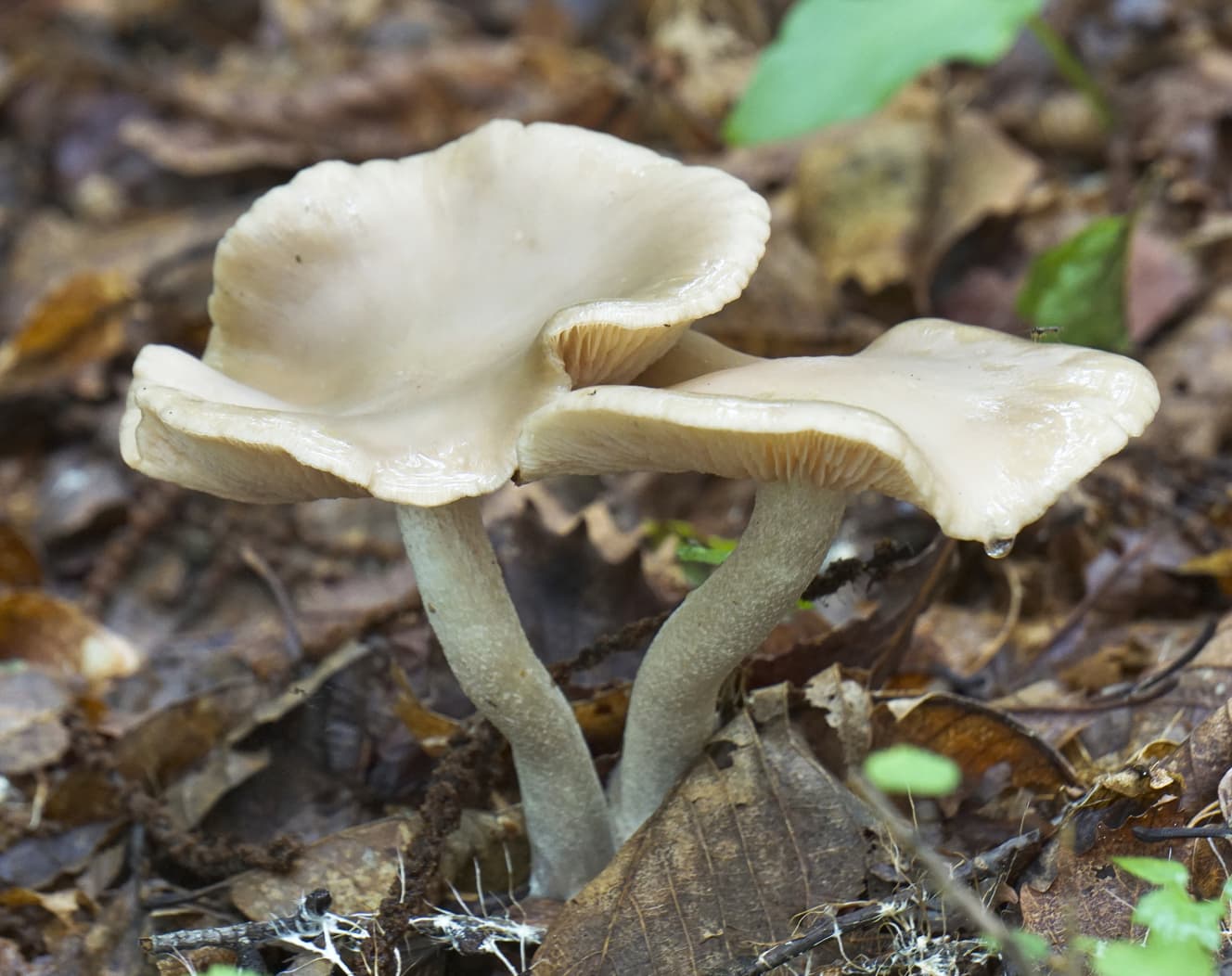3 grams of poisonous mushrooms can kill you…truly scary and harmful!
Vomiting, abdominal pain, diarrhea, dizziness, hallucinations, and in the worst case, even death. ...... The holiday season has arrived, and many mushrooms have been found near campgrounds.
The poisonous mushroom “Kaentake,” which causes skin irritation just by touching it and is said to kill you if you eat 3 grams, was confirmed in parks across Japan this summer, shocking the public.
The poisonous mushroom, “kaentake,” is known to cause kidney failure, liver failure, brain damage, and brain damage.
Kidney failure, liver failure, brain damage
Grows in clusters on the ground near beech and oak trees. Symptoms such as vomiting and diarrhea appear about 30 minutes after eating, and speech disorder occurs. Death may occur due to respiratory failure, etc.

The poisonous mushroom “Astragalus membranaceus” is not the only poisonous mushroom that can be found in the wild. There are many poisonous mushrooms that grow in familiar places. Kazuo Ohdate, the representative of the “Mushroom Primer,” tells us.
The two most poisonous mushrooms, along with the poisonous mushroom, are the white-spotted lady’s mantle mushroom and the dokutsurutake mushroom. The ‘Dokutsurutake’ mushroom, in particular, grows naturally in ordinary parks, and has been spotted in Saitama and Yamanashi this year.
Eating either of these mushrooms can cause diarrhea, vomiting, and gastrointestinal poisoning symptoms. In the case of dokutsuturtake, these symptoms usually resolve within a day, but the toxic substance circulates throughout the body through the blood, causing jaundice and bloody stools after an incubation period of one week. By this time it is too late; liver and kidney cells have been destroyed, eventually leading to multiple organ failure and death.
The “Three Families of Poisoning” also require attention. The three species, the tsukiyotake, kakishimeji, and kusaurabenitake, often grow in the woods and forests near campgrounds, but they are extremely difficult to distinguish from edible mushrooms and account for more than 70% of all poisonous mushrooms in Japan.
The “Three Poisonous Families” cause poisoning of the digestive system. When I ate oyster mushrooms, I had an upset stomach about 30 minutes after eating, followed by repeated vomiting and diarrhea. …” (Ibid.)
According to Odate, global warming is also having an effect on the mushrooms’ native habitat, and they are moving northward more generally than in previous years.
My impression is that more and more people who are somewhat accustomed to picking mushrooms in their hometowns are becoming victims when they taste unfamiliar mushrooms,” he said. In Niigata Prefecture, where mushroom picking is popular, a “poisonous mushroom food poisoning alert” was issued at the end of October.
Rumors circulating among the general public are also fraught with danger.
There are rumors that mushrooms that can be split lengthwise can be eaten, but this is not true. The ‘three families of poisoning’ can be split vertically. Even experts can make mistakes, so it is best not to eat mushrooms that grow in the wild.
Beware of dangerous poisonous mushrooms.
Deadly poisonous] White egg mushroom
Diarrhea, vomiting, gastrointestinal bleeding, liver, kidney, and heart damage.
Ingestion of more than one can result in death within a few days. The local name “ichikoro” (Akita Prefecture) is derived from the strength of its poison.

poisonous] Dokutsutake mushroom
Diarrhea, vomiting, bleeding from the stomach and intestines, damage to the liver, kidneys, and heart
Strongly toxic and nicknamed the “killing angel” in the West. It grows very fast, reaching 15 cm in a day.

The three most poisonous species] Tsukiyotake mushroom
Vomiting, diarrhea, abdominal pain, hallucination
The underside of the stem emits light. It is similar to shiitake mushrooms and grows in large numbers on large dead beech trees. There have been reports of cases in which the patient’s vision has turned blue.

Three Families of Poisoning] Kakishimeji mushroom
Vomiting, diarrhea, abdominal pain
It is edible when pickled in salt. It is said that those that grow in pine forests are non-toxic, but it is safer not to eat them.

The Three Families of Poisoning] Kusaura benitake mushroom
Vomiting, diarrhea, abdominal pain
The edible Kusaurabeni-hoteishimeji and shimeji-modoki are often mistakenly consumed. Grows in clusters on the ground in oak and sawtooth oak forests.

From the December 2 and 9, 2022 issues of FRIDAY
PHOTO: Mushrooms for Beginners' Course Office (white tamagoten mushroom, oyster mushroom) Afro (dokutsurutake mushroom, kusaura benitake mushroom)